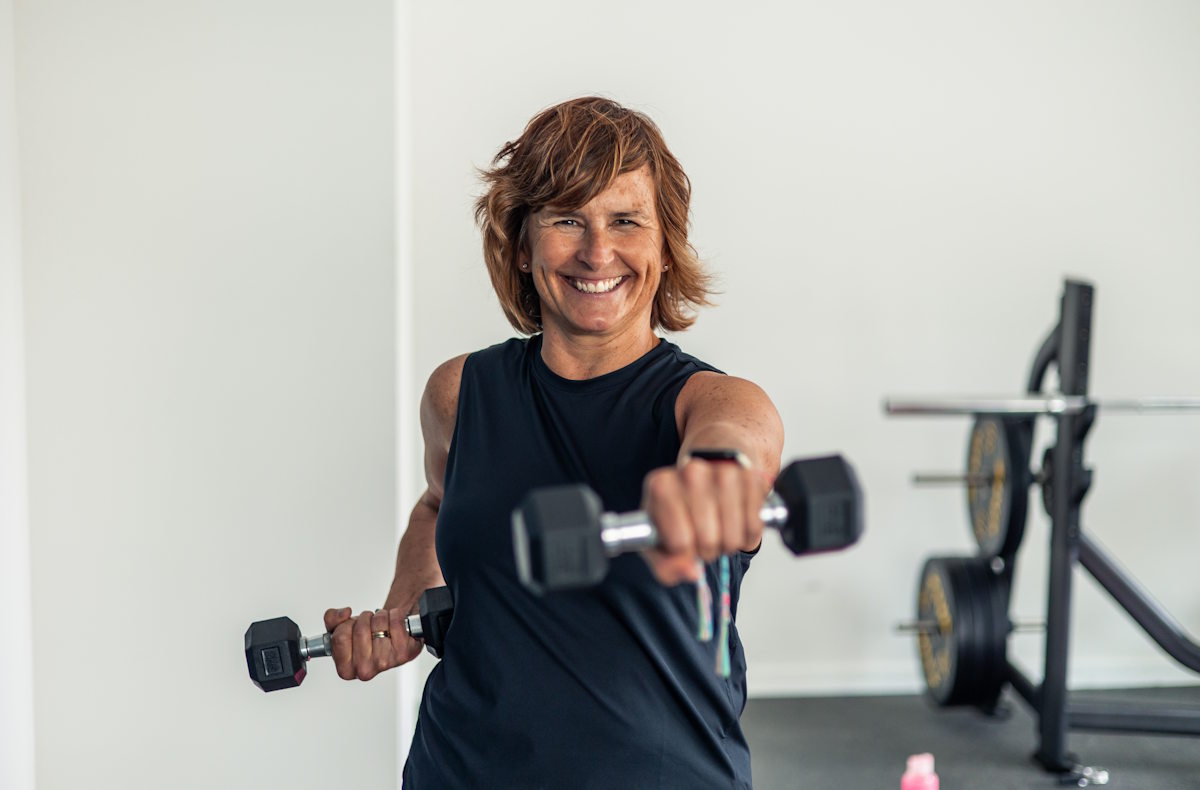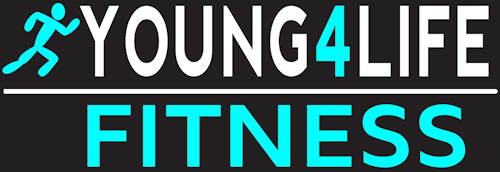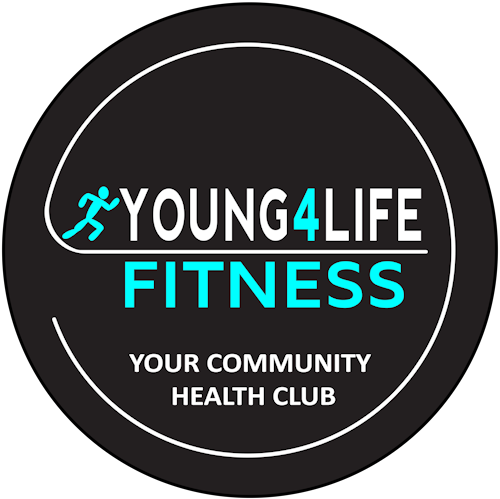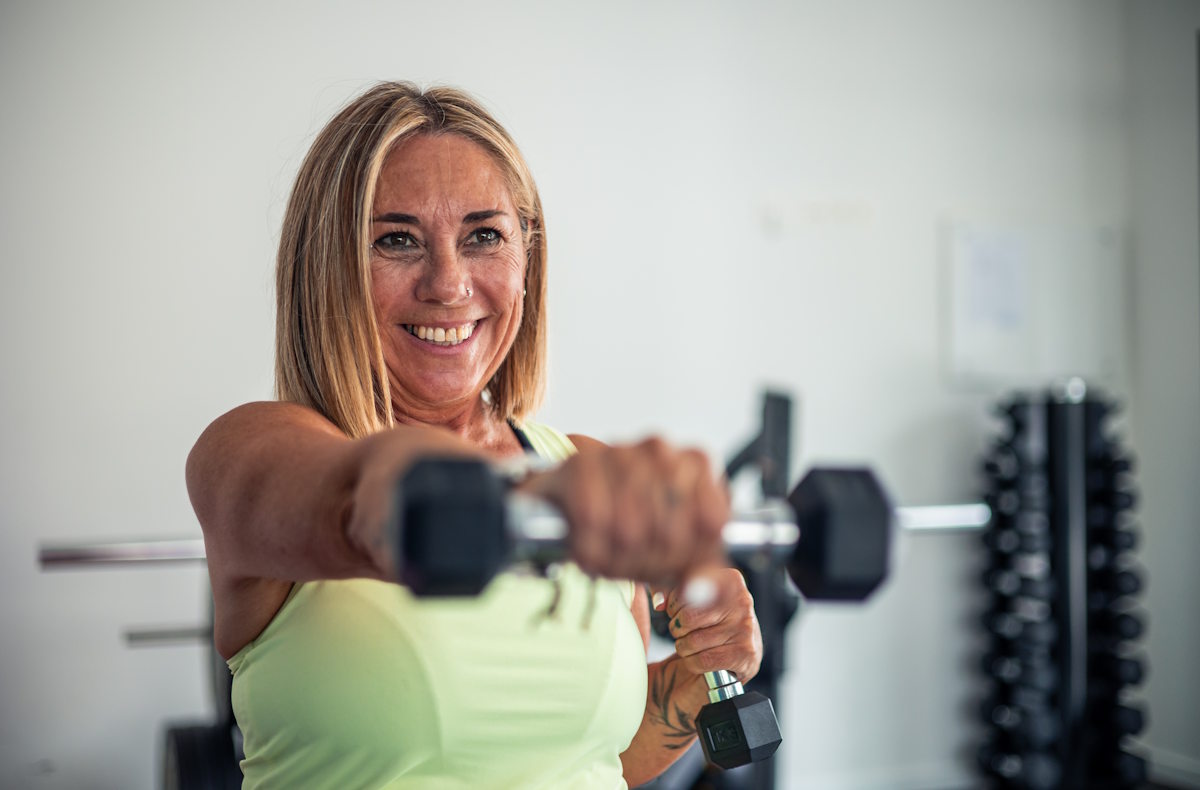
Why your workouts need to change in Perimenopause, and how to do it right
Feel like your workouts suddenly stopped working? You’re not imagining it—and you’re not alone.
If you’re in your 40s or 50s and noticing that exercise feels harder, recovery takes longer, and your usual go-to fitness plan no longer gives you results… it’s not a lack of motivation. It’s perimenopause—and your body is going through real, measurable change.
The good news? You don’t have to give up on movement. You just need a new strategy that works with your body, not against it.
What’s happening in your body
During perimenopause, estrogen and progesterone levels begin to fluctuate. These hormones impact energy, recovery, muscle mass, metabolism, and even your joints and sleep.
Here’s how that shows up:
- You feel more fatigued, even with the same amount of exercise
- You’re gaining fat, especially around your midsection
- Your joints feel more sensitive or achy
- Your usual HIIT or cardio sessions feel more draining than energising
These changes aren’t a failure—they’re signals that your body needs a different approach.
What needs to change in your workout routine
- Strength Training Becomes Non-Negotiable
Muscle mass declines with age and hormonal change—but strength training slows, stops, and even reverses this process. Lifting weights:
- Increases metabolism
- Supports bone density
- Helps regulate insulin and cortisol
- Makes you feel powerful again
- Ditch the “More is More” Mentality
Perimenopause is not the time to double down on HIIT or endless cardio. Too much intensity without adequate recovery can spike cortisol and worsen fatigue, inflammation, and belly fat. Instead, opt for:
- Fewer, high-quality workouts
- More recovery (yes, you’ve earned it)
- Smarter, not harder, effort
- Add Joint-Friendly Movement
Low-impact options like Reformer Pilates can be a game-changer during this phase. It builds strength, supports joints, and promotes mobility—without the hormonal stress load. - Prioritise recovery like a Pro
Your body repairs and rebuilds during rest. Make sleep, mobility work, and nervous system regulation (hello deep breathing and walks) part of your fitness plan—not afterthoughts.
Bottom Line: You’re not broken—You’re rebuilding
Perimenopause doesn’t mean slowing down—it means leveling up with smarter strategies that reflect your current needs. When you adapt your training to this new season, you unlock strength, confidence, and energy you didn’t know was possible.
At Young 4 Life, we specialise in helping women navigate this stage with strength-based training, tailored programming, and coaches who get it—because we live it, too.
✅ Ready to train smarter?
Let’s find a fitness routine that fits the woman you are today—not who you were 10 years ago.
Book a free consult or learn more at young4life.com.au and discover how we help women move better, feel stronger, and thrive through perimenopause and beyond.


